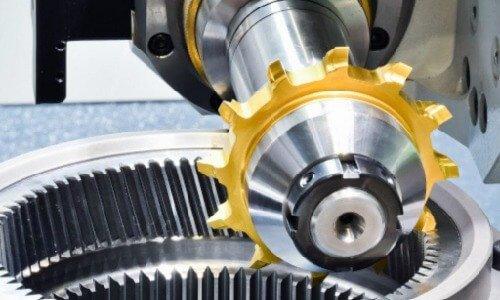
Gear cutting technology has come a long way since its inception, with advancements in automation and precision transforming the industry. In the early days, gear cutting was a manual process that required skilled craftsmen to carefully measure and cut each gear tooth. As technology progressed, gear cutting machines were developed to automate the process and improve accuracy.
Today, gear cutting technology has evolved to include computer-controlled machines that can produce gears with incredible precision. This has enabled manufacturers to produce high-quality gears at a faster rate, reducing production time and costs. Additionally, the use of computer-aided design (CAD) software has made it easier to design and manufacture custom gears to meet specific customer needs.
One of the most significant developments in gear cutting technology is the use of CNC (Computer Numerical Control) machines. These machines use computer programming to precisely control the cutting process, allowing for greater accuracy and consistency. This has revolutionized the gear cutting industry, making it possible to produce gears that were once thought to be too complex or difficult to manufacture.
Another major advancement is the use of 5-axis gear cutting machines, which can produce gears with more complex geometries. These machines are able to move the cutting tool in multiple directions, allowing for more intricate designs and shapes.
In addition to improvements in precision and automation, the gear cutting industry has also focused on reducing environmental impact. Newer gear cutting machines are designed to be more energy-efficient, using less power and reducing waste.
As technology continues to advance, the gear cutting industry is likely to see further improvements in precision, speed, and sustainability. With the ability to produce gears with greater accuracy and complexity, manufacturers can continue to push the boundaries of what is possible in fields such as aerospace and automotive.
